Belasco (Stuyvesant) Theatre
111 West 44th Street / New York City
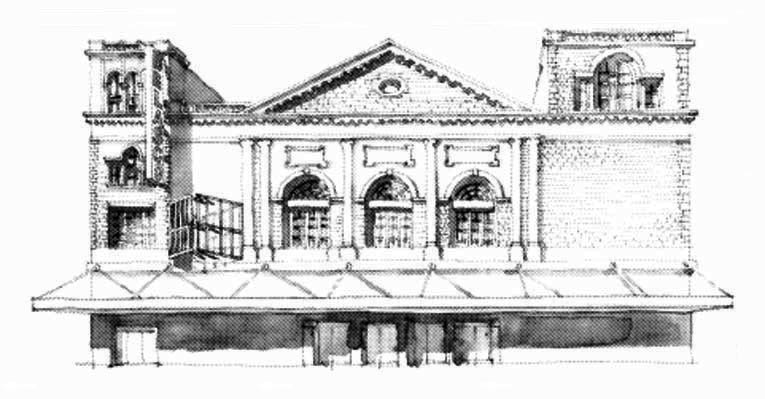

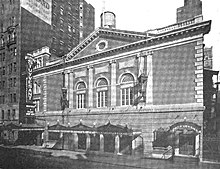
The Belasco Theatre is a Broadway theatre opened in 1907 at 111 West 44th Street in midtown-Manhattan. Originally the Stuyvesant Theatre,
it was designed by architect George Keister for impresario David Belasco.



- New York Tribune / June 23, 1906 (pg.6) - - New York Times / June 30, 1906 (pg.7) -


- New York Times / September 19, 1906 (pg.9) - - New York Sun / December 6, 1906 (pg.4) -


- New York Times / December 5, 1906 (pg.11) - - New York Tribune/ December 6, 1906 (pg.7) -


- New York Times / December 19, 1906 (pg.9) - - New York Times / September 1, 1907 (pg.4) -

- New York Tribune / October 13, 1907 (pg.47) -
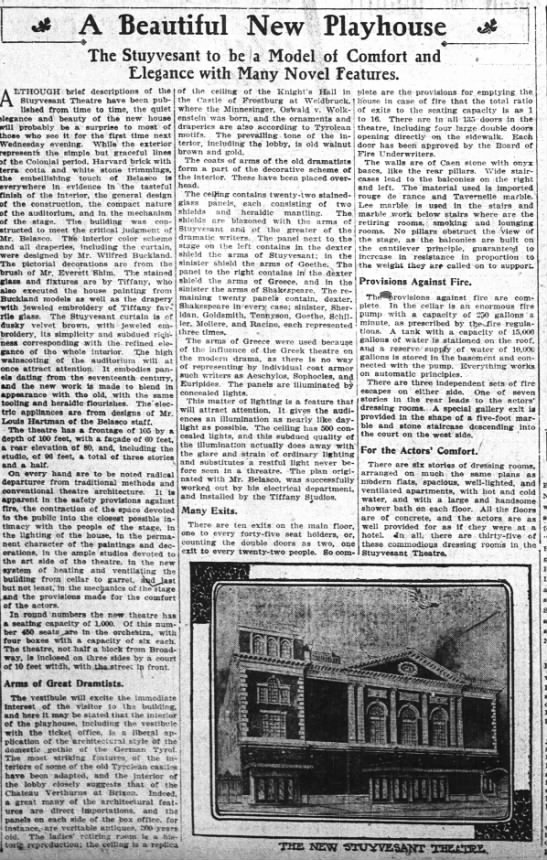
- New York Times / October 13, 1907 (pg.50) -


- New York Tribune / October 17, 1907 (pg.7) -
The interior featured Tiffany lighting and ceiling panels, rich woodwork and expansive murals by American artist Everett Shinn, and a ten-room duplex
penthouse apartment that Belasco utilized as combination living quarters/office space.



The theatre opened as the Stuyvesant Theatre on October 16, 1907 with the musical A Grand Army Man with David Warfield and Antoinette Perry.

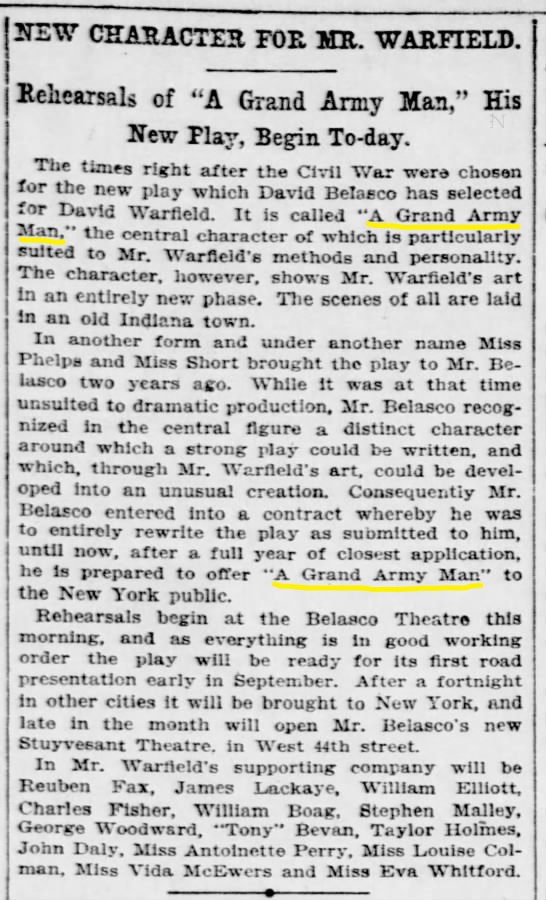
- - New York Times / August 15, 1907 (pg.7) - - New York Tribune / August 15, 1907 (pg.7) -

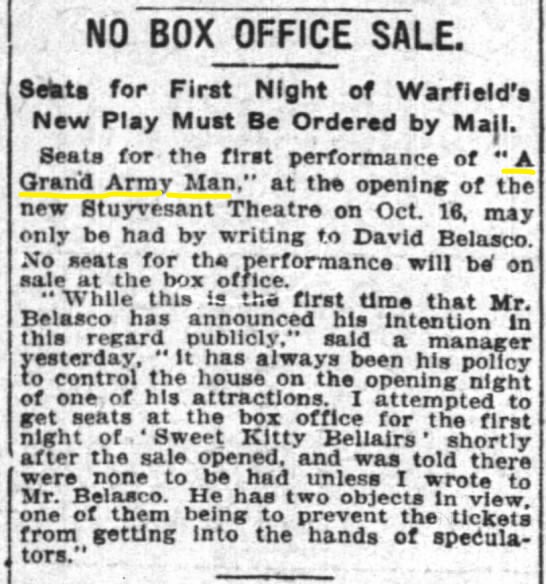
- New York Times / October 6, 1907 (pg.51) - - New York Times / October 7, 1907 (pg.9) -

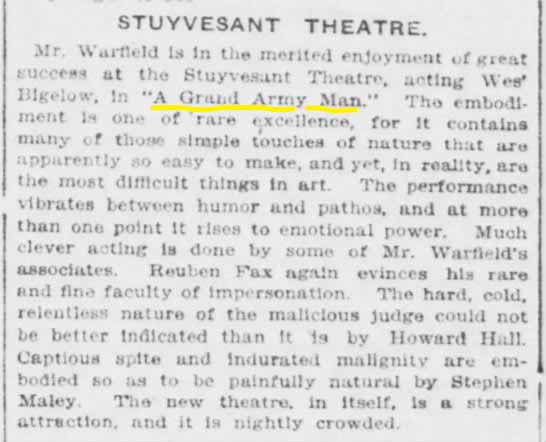
- New York Tribune / October 20, 1907 (pg.46) - - New York Tribune / October 27, 1907 (pg.46) -


- New York Tribune / November 17, 1907 (pg.46) - - New York Tribune / November 24, 1907 (pg.46) -

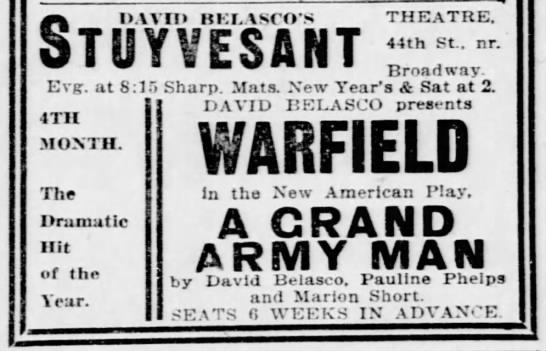
- New York Tribune / December 15, 1907 (pg.46) - - New York Tribune / December 29, 1907 (pg.43) -
Technically, the theatre was outfitted with the most advanced stagecraft tools available,
including extensive lighting rigs, a hydraulics system, and vast wing and fly space.

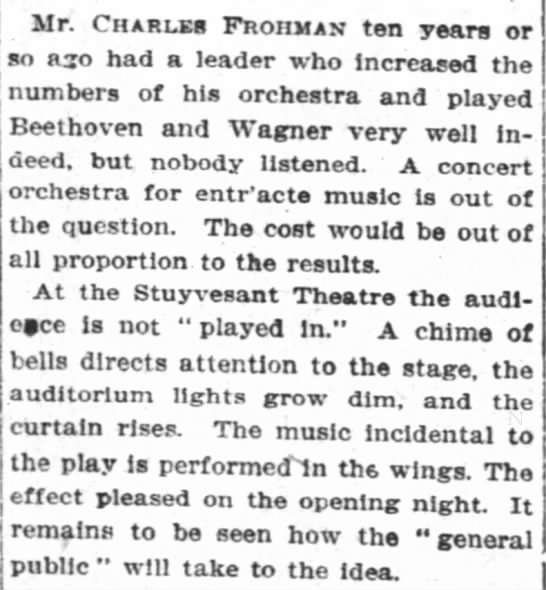
- New York Times / April 29, 1907 (pg.9) - - New York Times / October 18, 1907 (pg.10) -
This article says Meyer Bimberg was directing the building of the structure.
(And the New York Times June 30, 1906, page 7, article states that he would be in charge of erecting the building.)
Wikipedia states that "Meyer R. Bimberg was the actual owner of the Stuyvesant/Belasco.
He made his fortune selling political campaign buttons."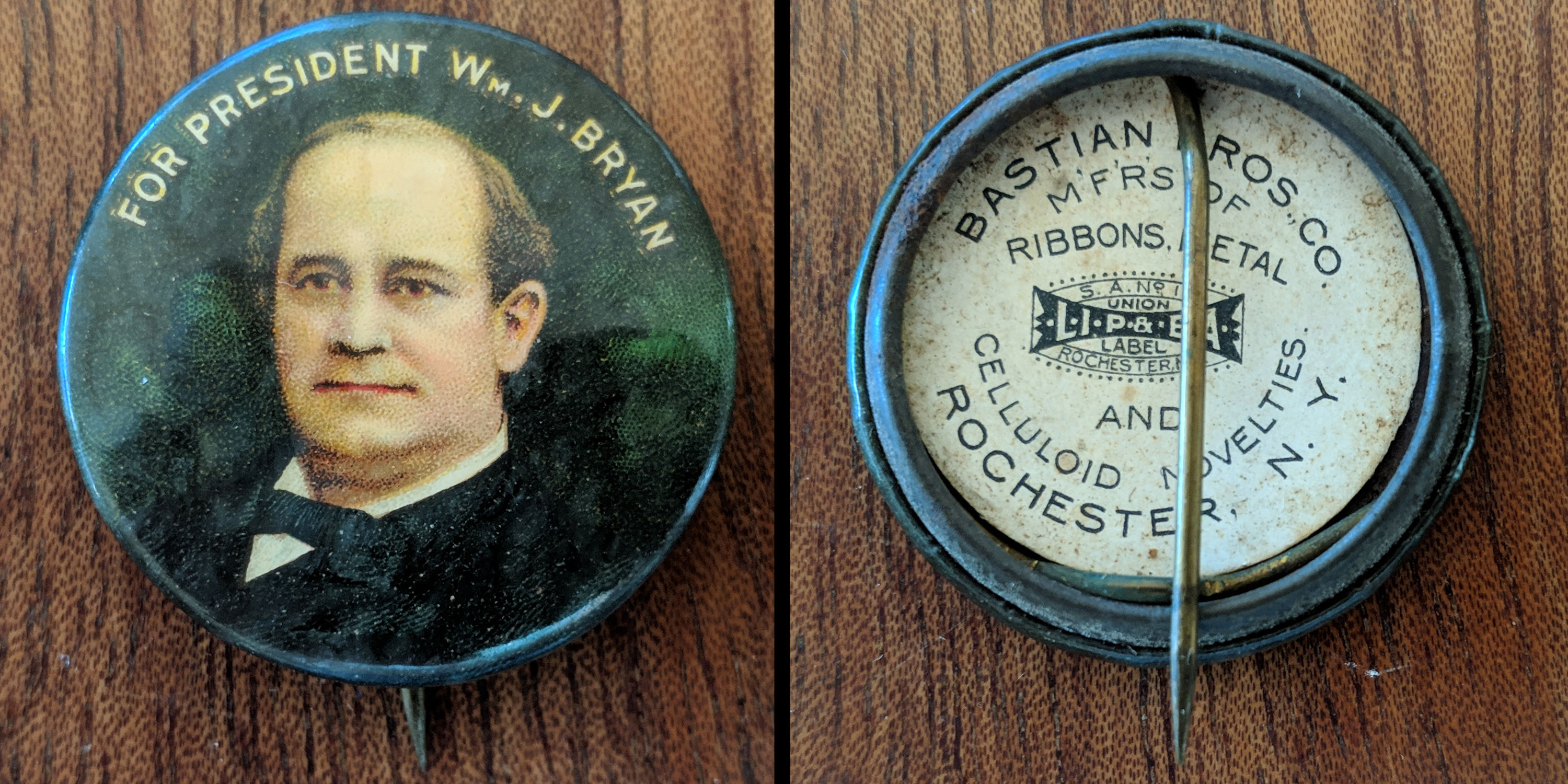
Strange, since six months after the theatre opened,
"Bim" was dead, and a few years before he'd been sued for bankrupcy and evicted by Shubert for non-payment of rent.


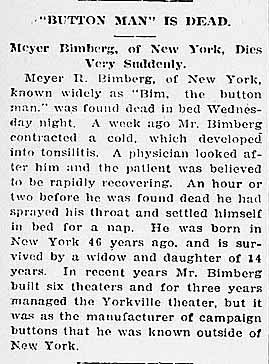
- New York Tribune / April 5, 1903 (pg.6/Image-6) - - New York Evening World / December 5, 1901 (Night Edition/Image 1) - - Hot Springs (SD) Weekly Star / April 0, 1908 (Image 6) -
In 1910 Belasco attached his own name to the venue. After his death in 1931, it was leased first by actress Katharine Cornell and then playwright Elmer Rice.
Marlon Brando had his first widely noticed success in this theater, in a production of Maxwell Anderson's Truckline Cafe, which opened on Feb. 27th, 1946.
He played the small but crucial role of Sage MacRae.

The play flopped, but the press celebrated Brando as a new genius actor; occurring before his noted film performance in A Streetcar Named Desire.
The Shuberts bought it in 1949 and leased it to NBC for three years before returning it to legitimate use.
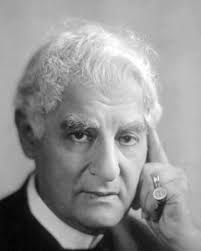
This theater is the subject of an urban legend that David Belasco's ghost haunts the theater every night.
Some performers in the shows that played there have even claimed to have spotted him or other ghosts during performances.
It was also reported that after Oh! Calcutta! (a musical revue with extensive full frontal male & female nudity) played the theater the ghost of David Belasco stopped appearing.

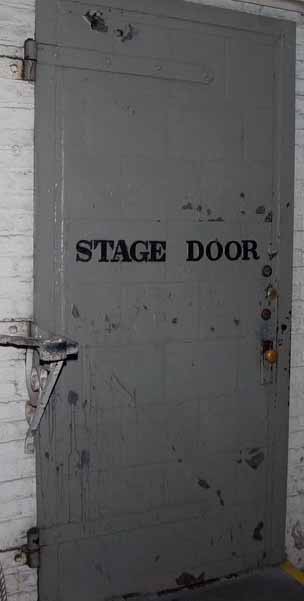
Stage Door in 1910 and as it looks today.

